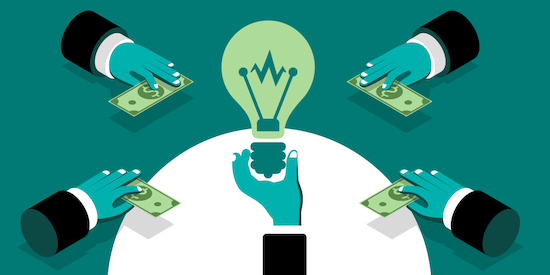
A Special Grandma: Winona Chambers is a well-loved and cherished mom, grandma and great grandma who is respected by many
March 13, 2023
‘My Love’: Jackie is one amazing woman who is loved and adored by all
March 14, 2023What You Should Know About History Of Crowdfunding
Crowdfunding means funding a new business project by raising money from a large number of people. Each year on March 14, we celebrate Crowdfunding Day.
The concept of crowdfunding can be dated back to the 13th century when wealthy individuals would pool money together to finance risky business ventures. In 1713, Alexander Pope generated funds through a crowdfunding model, which was the translation of the ancient Greek poem called the “Iliad.”
Later on, Pope got paid for the work with the promise of releasing one volume per year and acknowledging the donors in the book.
Meanwhile, crowdfunding has been used in many different fields to support startup individuals or growing companies. One of the famous pianists, Mozart, got crowdfunded to play his new music at that time. In return for the fundraising, he gave the 176 donors a concert manuscript with their names and special thanks.
In 1885, the U.S. government used a tier-based crowdfunding model to raise money to build the base of the Statue of Liberty. Then Joseph Pulitzer launched this crowdfunding through the newspaper “The New York World.” Afterward, 160,000 donors contributed over $100,000 from the campaign.
With the widespread use of the Internet, most crowdfunding takes place online. In 2001, the American producer, Brain Camelio, introduced the first online crowdfunding platform — ArtistShare.
Because of the popularity and convenience of crowdfunding, a lot of websites have emerged on the Internet, including Kickstarter (2009), GoFundMe (2010), YouCaring (2011), etc.
Today, crowdfunding has become a big industry in the United States. Each year, over $17 billion has been put up for an individual or various organizations. Talk about a lot of money!
If you want to launch a business and don’t have the capital for it, utilize today to learn about crowdfunding and start collecting money for your business. If you don’t have one, feel free to donate and support someone else’s campaign.




